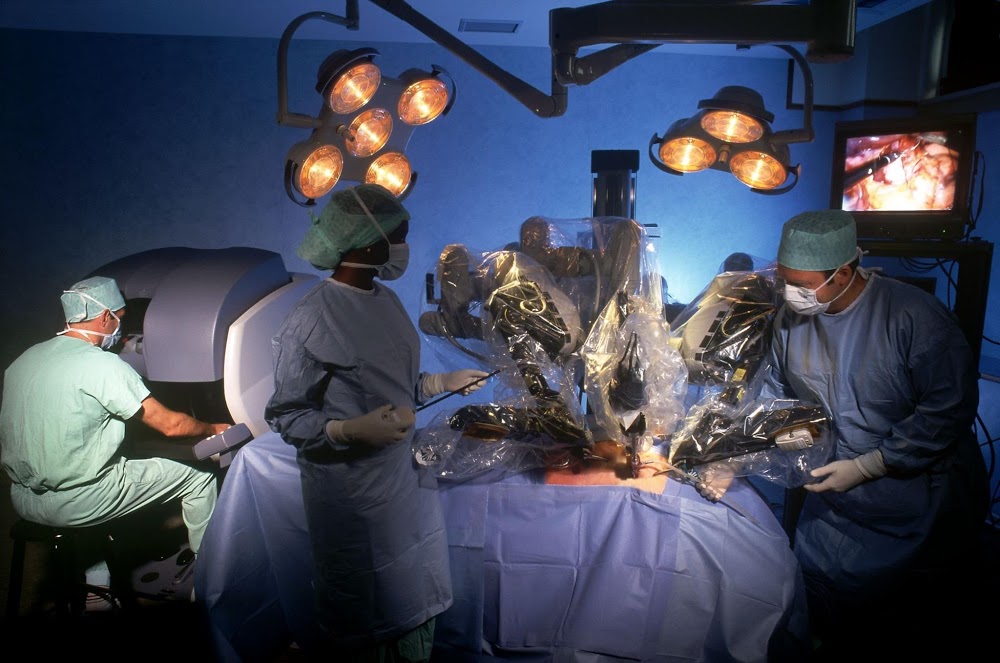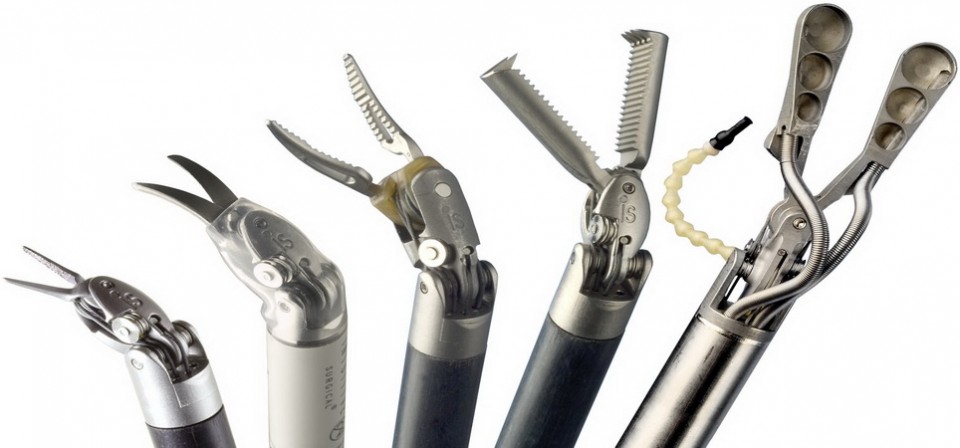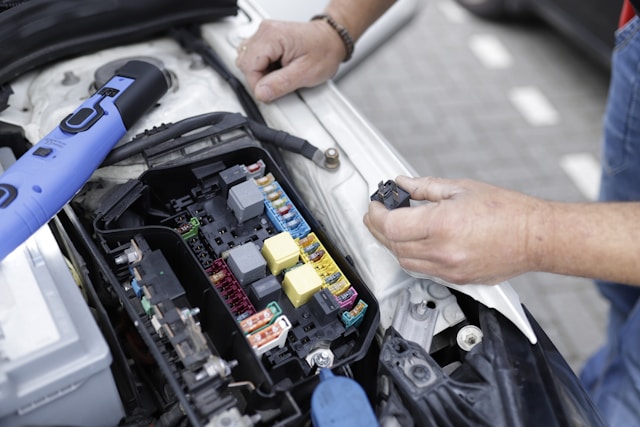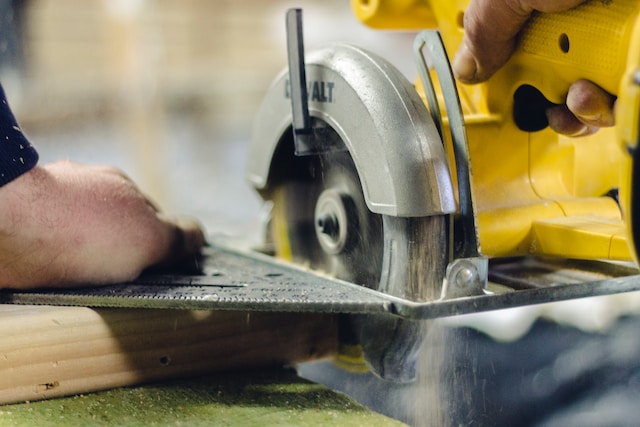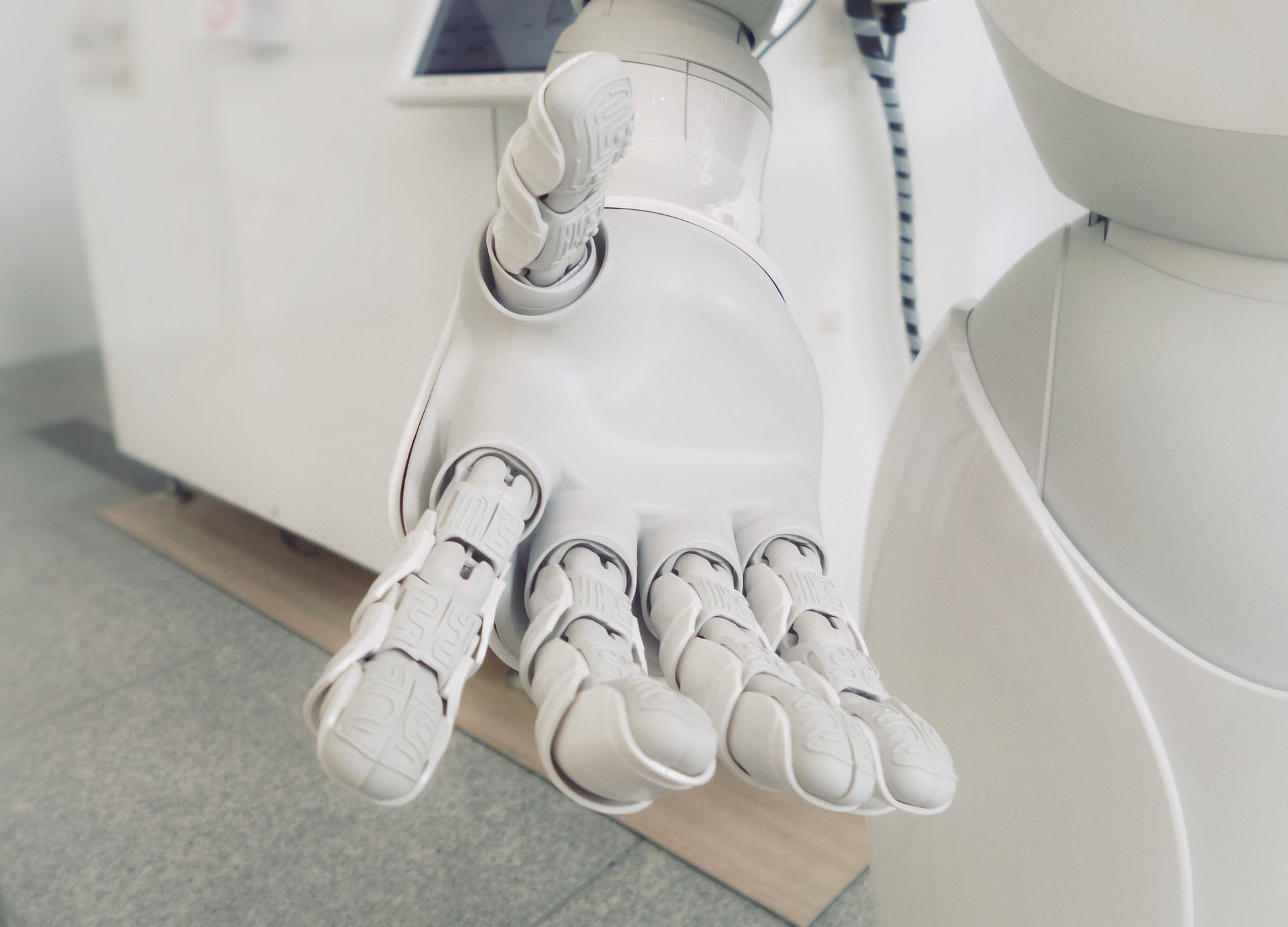The urban dictionary lists “robot benders” as extreme robot fighting events where two robots enter and one leaves, “angry robots” as having killer laser beams and rusty chassis, “Robosapiens” as robots pretending to be human, and “fembots” as female robots built to take down the bionic woman. Obviously, robots have captured the popular imagination! “Laproscopic” surgery refers to “minimally invasive surgery” performed through small incisions (0.5-1.5 cm)
Robotic surgery is a relatively new technique using a remotely controlled set of instruments to perform surgery on humans. The surgeon sits at a computer and directs the movement of robot arms and relatively small instruments that make surgical cuts. The movement of the instruments matches the doctors movements and allows for minimally invasive surgery. The range of motion of the instruments is much greater than a human can achieve and this is one of the main advantages of the new system.
A Short History
The first robotic surgery system called ZEUS was approved by the FDA in 1994 and discontinued in 2003. ZRSS was approved by the FDA in 2001. SOFIE or Surgeons Operating Force Feedback Interface Eindhoven became commercially available in 2010. Da Vinci Surgical System was developed by the American company “Intuitive Surgical” and approved by the FDA in 2000.
Da Vinci Surgical System
Da Vinci Surgical System, currently the most successful of robotic surgical robots, operates in several thousand hospitals worldwide and conducts over 250,000 surgeries a year. The system costs an average of $2.5 million and includes several hundred thousand dollars a year in annual maintenance fees. The remote doctor views the patient through an endoscope allowing viewing of magnified three-dimensional images of the body.
Robots using tiny instruments can perform surgeries with smaller incisions and more precise movements. Hand tremors and accidental movements that can negatively affect surgery are reduced and robotic instruments can reach areas that are difficult for human surgeons. Sitting at a computer terminal is less physically demanding in some types of surgery. At the current time, robotic surgeries take longer than human performed surgeries in general, and they are significantly more expensive.
Robotic surgeons are being used for all types of surgeries including coronary artery bypass, removal of cancerous tissue, gallbladder removal, hip replacement, hysterectomy, kidney removal, kidney transplant, mitral valve repair, pyeloplasty, pyloroplasty, radical prostatectomy and tubal ligation. Robotic surgery is being touted as providing faster recovery, less pain and bleeding, less risk of infection, shorter hospital stays, and smaller scars.
Computer Assisted Surgery (CAS)
Developing an accurate model of a patient is extremely important to the success of robotic surgery. Computer Assisted Surgery is being used in neurosurgery, maxillofacial, ENT, orthopedic, visceral, and radiosurgery procedures.
Creating an accurate model of a patient is achieved through medical imaging technologies such as CT, MRI, x-rays, ultrasound, and others. The area to be operated on is scanned and uploaded to a computer, creating data sets that are fused together to provide a 3-D reproduction of the exact shape and size of normal and pathological tissues and structures in the region. In addition, image analysis and processing, diagnostics, preoperative planning and surgical simulation, and surgical navigation help create a higher chance of desired outcomes.
The following video shows a robotic surgery demonstration: (no barf bag provided : )

